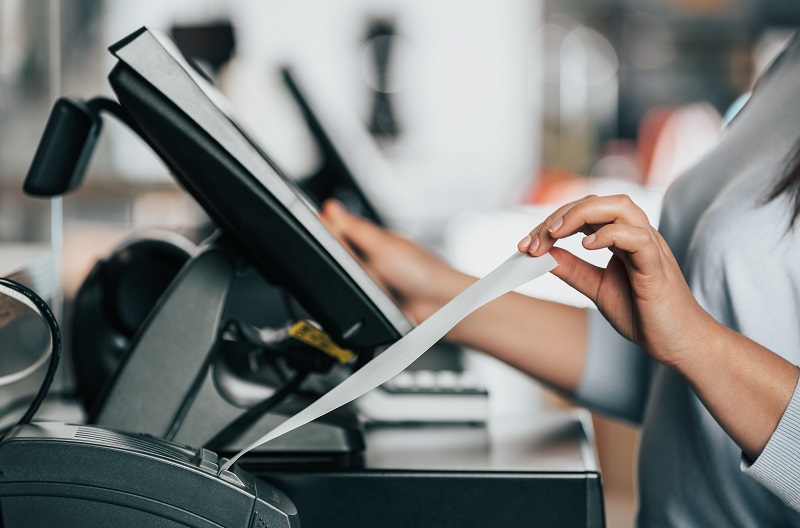
Whether your customers carefully fold them up, hastily stuff them into their pockets, or opt for a digital format – receipts are an important component of the retail customer experience.
For your shoppers, they provide a permanent record of product purchases. And for your retailer, they can be a highly effective marketing tool.
At your point of sale (POS), each shopper will get the option to receive a receipt. Traditionally, this is a paper-based receipt that’s printed after the transaction is complete. Or you can provide the option to deliver it digitally.
Whichever they choose, receipts are packed with the potential to push marketing messaging, quite literally, into the hands of your customers.
Not only do they provide information like time of purchase, transaction history, and product basket; they can also be used to:
Your customers can interact with your retailer in multiple ways. This could be in-store, online, via a mobile app, email, direct mail, advertising, social media, or more. The more options that shoppers have, the better. Retail customers who utilize a greater number of channels have a 30% higher lifetime value than those who shop using only one channel.
This is referred to as omnichannel retail or multichannel retail. And each of these channels will generate data about customer behavior. For example, a typical customer’s purchase decisions might differ in-store compared to online.
So, how can you make sure that your customers have a consistent experience across multiple channels? Studies show that consumers recognize and appreciate consistent brand communication and messaging. Brands that do so are more likely to resonate with their customer base over time, helping to improve engagement and customer retention.
Your retailer can use customer transaction data, collected by your POS system, to enhance the relevancy of your receipts.
For example, when a customer makes a purchase in-store, they might opt for a physical, paper-based receipt. On this receipt, your retailer could provide a coupon at till promotion that is relevant to the individual, informed by the customer's historical data. For example, if they like to buy products from the baking section of your store, it'll automatically ensure that the coupon is directed at baking products.
But if the customer opts for a digital receipt, sent to them via email, this could be an opportunity to enhance your omnichannel retail strategy. Because they have provided an email address, the coupon offer can encourage the customer to shop online or by using your mobile app. This messaging might read "receive 20% off your next shop when you purchase through the app", for example.
An omnichannel receipt strategy encourages more customers to use different channels. In turn, this improves engagement and provides you with more opportunities to make contact with customers. Omnichannel retail also provides more opportunities to capture customer data.
Managing customer receipts at scale can be a tricky process. You need a way to collect customer data, analyze customer data, and execute a receipt-based marketing strategy. Solutions like retail marketing software that support retail receipt management can eliminate the leg work for your internal teams. But whatever your method of creating an omnichannel receipt strategy, it's vital that omnichannel marketing and its competitive benefits doesn't slip under your radar.